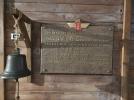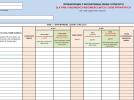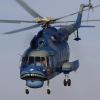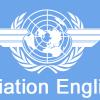Transasia AT72 near Taipei on Jul 1st 2013, overheat air and electrical smoke indication
A Transasia Airways Avion de Transport Regional ATR-72-500, registration B-22806 performing flight GE-5111 from Taipei Sung Shan to Makung (Taiwan) with 72 passengers and 4 crew, was climbing out of Taipei's Sung Shan airport when the crew received a "OVERHEAT AIR" indication and requested an air return. While working the relevant checklists the crew also received an "ELECTRIC SMOK" indication, declared PAN and landed safely back at Sung Shan Airport about 13 minutes after departure.
Taiwan's ASC reported that cockpit voice and flight data recorder were removed from the aircraft and an investigation was opened into the occurrence rated a serious incident.
In March 2014 Taiwan's ASC released their final report in Chinese concluding the probable cause of the incident was:
hot air was continuously vented from air condition outlet, due to malfunctioning Pack #1 duct temperature sensor and temperature limiter that caused the modulating valve kept opening in the occurrence flight; as a result, temperature in the cockpit remained high. The flight crew did not shut off pack #1 immediately which enabled to stop hot air from continuously flowing into the cockpit.
The ASC reported that during climb the crew noticed the cockpit air became hotter and hotter, and a white vapor like moisture appeared in the cockpit. At 4000 feet the master caution and "OVERHEAT AIR" activated. Climbing through 5300 feet the crew had still not begun reading the associated checklist, when numerous master cautions activated and the electrical smoke indication illuminated. The associated checklists were not carried out, the crew did not don their oxygen masks and did not wear their smoke goggles. The autopilot was disconnected, the captain took control, the first officer declared PAN, and the aircraft returned to Taipei Songshan. Descending through 3000 feet the crew opened the avionics vent exhaust after which the vapor disappeared, the warnings ceased and temperatures returned to normal levels.
The ASC analysed that despite the indications the crew did not respond properly reading the associated checklists preventing them to correctly identify the duct overheat, therefore did not shut down air conditioning system #1 which would have stopped the hot air instantly.
3 safety recommendations were issued to ATR, no safety recommendation was issued to the operator.
http://avherald.com/h?article=4652ec6e














Komentarze